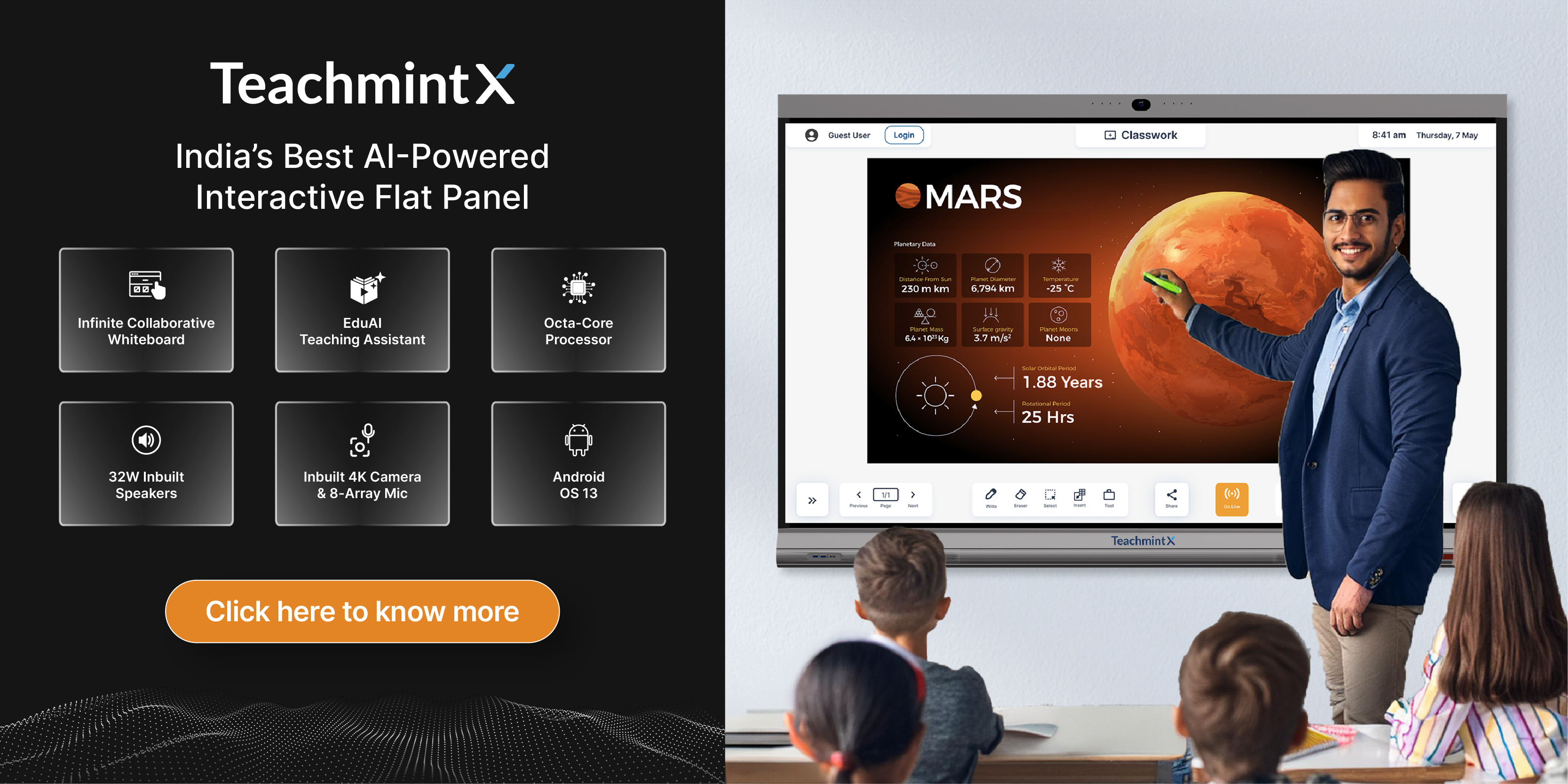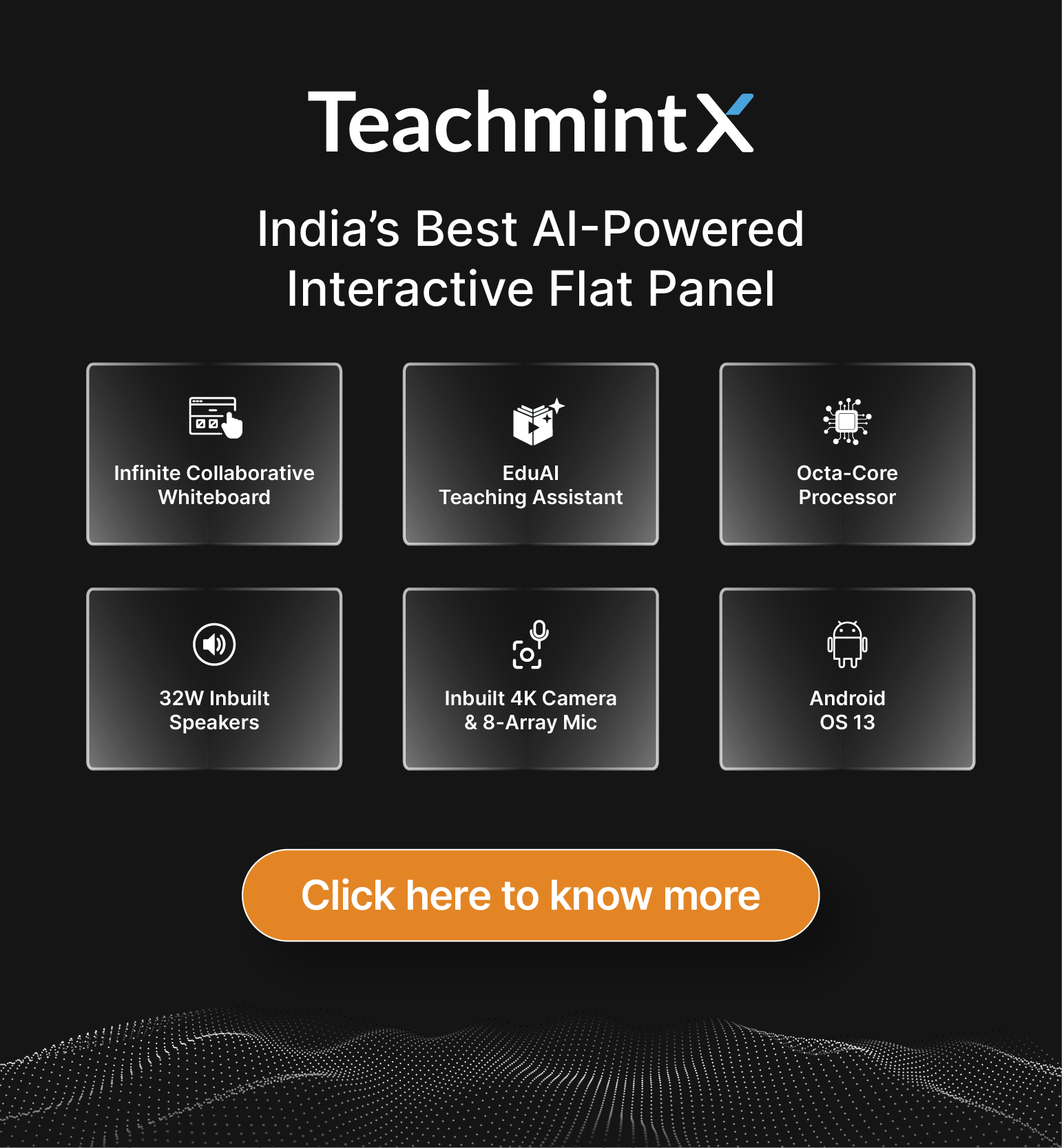LMS– LMS full form in education is ‘Learning Management System‘. LMS helps an organisation to be more efficient and productive. It not only streamlines complex processes for them but also gives them better ways of functioning.
LMS Meaning (Learning Management System):
A Learning Management System is a software platform designed to facilitate the administration, delivery, tracking, and management of educational courses, training programs, or learning content. LMSs are used by educational institutions, corporations, government agencies, and other organisations to streamline the learning and training process.
How does LMS improve the teaching-learning process?
Providing a good learning atmosphere and smooth functioning of classrooms are a few benefits of using LMS. It can also be said that LMS is a software application that helps teachers create and deliver academic content, keep a check on students’ participation, and evaluate students’ performance. The LMS can also be termed as a web-based technology that is used for planning, implementing, and performing a particular learning process. LMS portals are designed for teachers to create and provide learning content.
Benefits of using LMS
LMS portals have all the necessary tools required for an effective teaching and learning process. It is very beneficial for schools because:
- It improves students’ engagement and academic performance.
- It helps teachers to save a lot of time in daily teaching activities.
- It helps to know about a student’s performance regularly. It reminds students of their assignments, sessions, tests, and quizzes.
- It is very easy to use and offers flexibility to teachers and students as it does not require them to meet physically. Students and teachers can interact in a better way with the help of forums and blogs.
- It serves as an excellent platform where learning content can be stored and organised properly.
How is LMS beneficial for teachers?
An LMS platform is helpful for educational institutions as it helps create, deliver, track, and report educational content, courses, and outcomes. The LMS portals support both face-to-face interaction in a traditional classroom and distance learning. The portals are used by schools and colleges to plan and execute different learning processes essential for students. Moreover, these platforms also track students’ progress and highlight the area that needs improvement.
LMS platforms are safe to use and offer privacy to educational institutions. It means the students’ data are stored securely and can be accessed by the school management whenever they need it. The LMS system helps the teachers develop relevant courses. They can add or eliminate the course content to keep the students updated with all the necessary information needed to thrive in their academic and professional careers. However, before learning about the benefits and what an LMS software does for an institution, everyone needs to understand the LMS full form. By now, we have understood that the LMS full form in education is Learning Management Systems.
Functions of LMS portals
The LMS platform is not only vital for teachers, it is equally important for the overall development of students. With the help of this platform, students can enhance collaboration among themselves. But before knowing how they can use this portal, they need to understand the full form of LMS. Some of the functions of an LMS portal are discussed below:
- Organise and store data: Schools and other educational institutions can use the platform to safely organise and store their data. As the data are stored using cloud technology, there is no risk of data theft and loss of critical information. Moreover, the management can retrieve the data and use them according to their convenience. Another advantage of cloud-based technology is that schools can eliminate the use of physical registers to maintain students’ records.
- Manage learning resources: Another crucial advantage of using an LMS portal is that it helps teachers manage and update the learning resources from time to time. Updating the information and eliminating unnecessary details are crucial. Many times, students miss crucial details because their books are not updated with new information. However, an LMS portal allows teachers to collect the information to help students be in sync with the recent changes in and around their environment.
- Easy data integration: Many schools already have unique software to manage their academic and non-academic needs. If schools are already using local student information systems, they should choose a platform that allows easy integration of data. All details concerning students must be available on a common platform to eliminate errors when recording the data.
- Easy customization: Many LMS portals can be customised according to the needs of the institution. The management can add or eliminate features that they do not require. Moreover, they can choose to view students’ reports in various forms. The dashboard represents the graphs and charts in an easy-to-understand format. As a result, teachers do not need to spend much time analysing the reports. Moreover, these reports are available in a downloadable form and teachers can download these reports and use them in the future.
- Improved collaboration: The platform also enhances collaboration among teachers and students. It makes online and peer-to-peer discussions easier for students. In a collaborative space, students are more likely to perform better. Moreover, they get to solve their doubts in real time with chat and discussion forums.
- Tracks learning pace: Different students have different learning paces. Some learn quickly while others may take time to grasp concepts. Teachers can define the learning objectives for every student with the LMS portals. Moreover, it is easier for students to follow the lesson plans. The LMS platforms are equipped with a communication module to keep everyone in the loop and share the right information at the right time. Also, the management can inform parents about their child’s performance through the communication module. Understanding the workings of an LMS portal is necessary for school management, teachers, and students who are going to use the platform for their benefit. However, first, they need to understand LMS’s full form before delving deeper into the usage and applicability of LMS portals.
- Hybrid classes: LMS is crucial to conduct classes in hybrid mode. With this platform, teachers can provide live classes to their students effortlessly.
How LMS Works:
User Registration: Users, including learners and administrators, typically need to register or be added to the LMS.
Course Creation: Instructors or administrators create and upload course content, including lessons, quizzes, assignments, and multimedia.
Enrollment: Learners enrol in courses, either by self-enrollment or through manual assignment.
Access and Learning: Learners access the course materials, progress through the content, and complete assessments.
Tracking and Reporting: The LMS meaning to track learner progress, records assessment scores, and generates reports on learner performance.
Communication: LMSs often include communication tools like discussion boards, chat, or messaging for learner-instructor and learner-learner interaction.
Administration: Administrators use the LMS to manage user accounts, enrollments, and access permissions.
Updates and Maintenance: Regular updates and maintenance are necessary to ensure the LMS functions properly and stays secure.
Integration: Integration with other systems (e.g., HR, CRM) may be set up to share data and streamline processes.
Understanding everything about the LMS portal is essential before deciding on the purchase. School management should look for all available vendors providing LMS systems to schools and other educational institutions. Moreover, they should understand the facilities provided by each vendor. For example, they can look at the dedicated support system available with the vendors. Some other factors that need to be kept in mind when making a purchase decision are how to use the system and if it is scalable.
Know more about it here. We have discussed LMS’s full form in this article. The world is moving at a rapid pace and it is important to adapt and change accordingly.LMS meaning a lot in the success of any organisation. As the LMS full form suggests it helps in the management of learning.
FAQs
What is the full form of LMS?
The full form of LMS refers to a Learning Management System. This system improves classroom collaboration, helps in classroom management, improves the teaching-learning experience, and helps students resolve their doubts in real time.
Who are the user base of a Learning Management System?
The base users of the learning management system in educational institutions are admins, teachers, students, and parents. Every stakeholder receives multiple benefits from the use of a learning management system. However, before using this system, the stakeholders must understand what is the full form of LMS and how it can make their tasks convenient.
How can students use an LMS?
Students can use the LMS platform to aid their learning experience. They can use the system for their assessments, test preparation, revision, and collaboration with their peers. However, they must understand what is full form of LMS is and how they can use this system to improve their learning objectives.
Why LMS has become a necessity in the education sector?
LMS is used in the education sector to improve learning objectives and provide a holistic learning experience to all students. With this system, teachers can improve classroom collaboration, analyze the strengths and weaknesses of their students, provide personalized learning experiences, share assignments, and more.
How can teachers benefit from using an LMS?
To improve the learning experience, teachers need to take care of the queries and requirements of their students in real time. With an LMS, they can reach out to their students and resolve their doubts without wasting precious time. Moreover, they can stay connected to their students anytime, anywhere.
What are the steps involved in buying an LMS?Before making a purchase decision, everyone should know the full form of LMS. After knowing the lms full form in education, buyers can proceed to understand its offerings, benefits, scalability, and the amount needed for procurement.
Learn more about Teachmint plans here.

